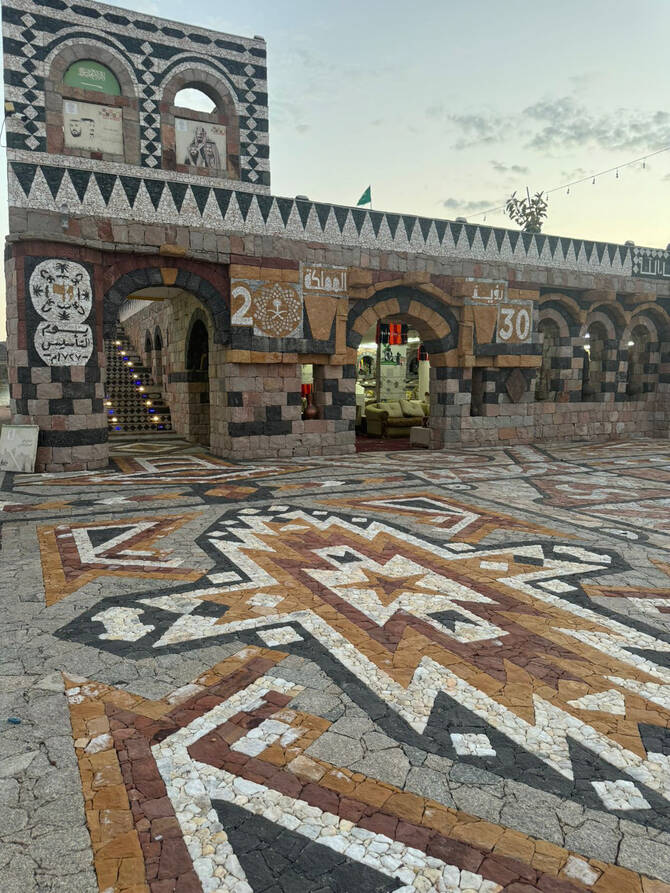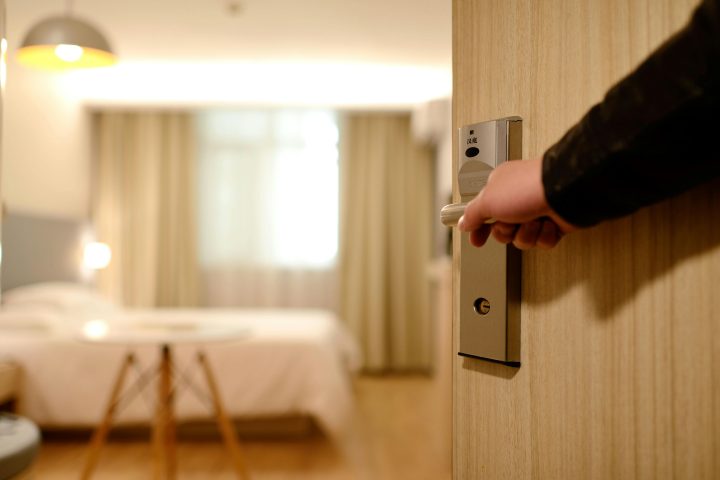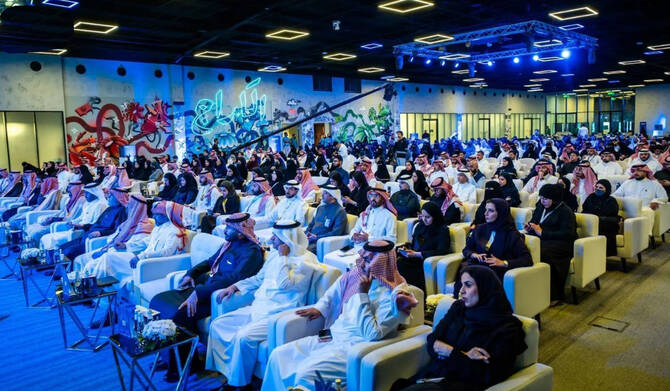In an extraordinary personal endeavor, Majid Al-Thabiti, a citizen from Taif, has brought to life one of the Kingdom’s
most impressive private heritage projects — the National Historical Palace for Islamic Civilizations.
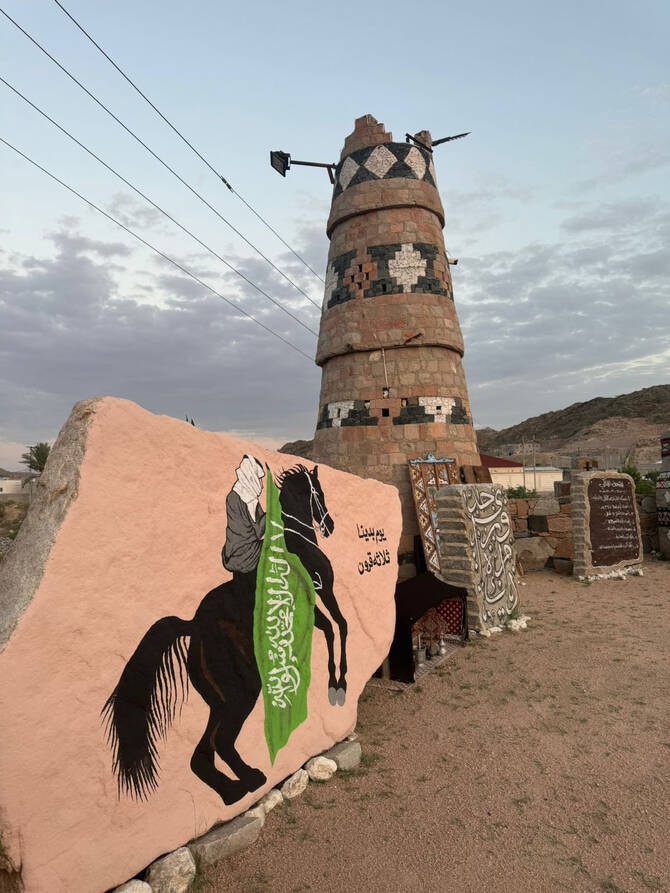
This remarkable structure is not just a building, but a lifelong tribute to Islamic history and Saudi identity, built stone by stone with unwavering passion.
Constructed over several years entirely by hand, Al-Thabiti placed more than 7 million stones,
drawing inspiration from the sacred symbolism of the number seven in Islamic culture, which represents completeness and spiritual perfection.
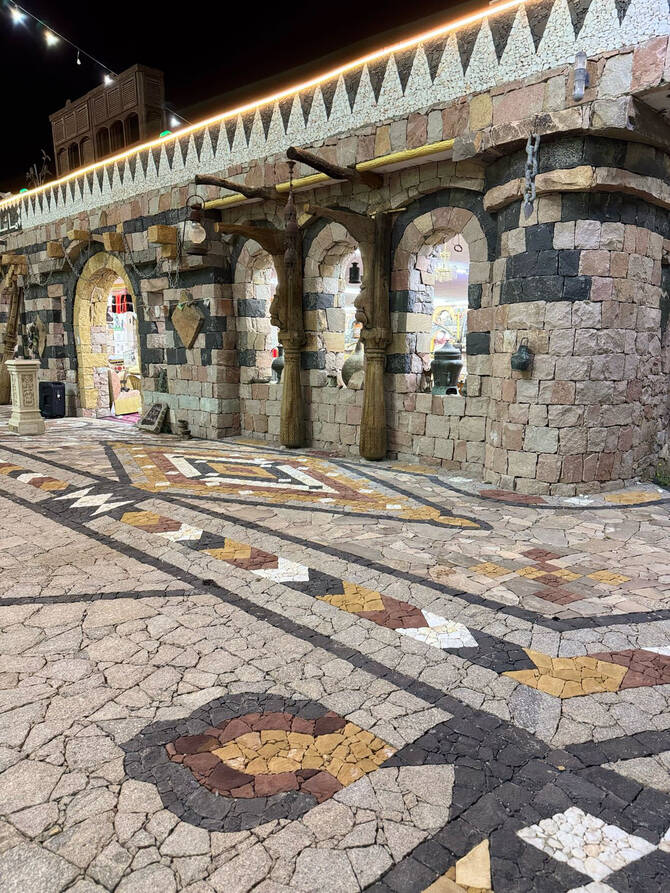
Spanning over 70,000 square meters, the palace encompasses:
- Seven museums that narrate distinct eras of Islamic civilization.
- Seven architecturally rich facades, each reflecting traditional Islamic styles.
- Seven grand gates, symbolizing the cultural diversity across the Islamic world.
What truly sets the palace apart is its deep cultural and educational value. The stone-tiled floors are inspired by Sadu art,
a traditional Bedouin craft recognized by UNESCO as intangible cultural heritage.
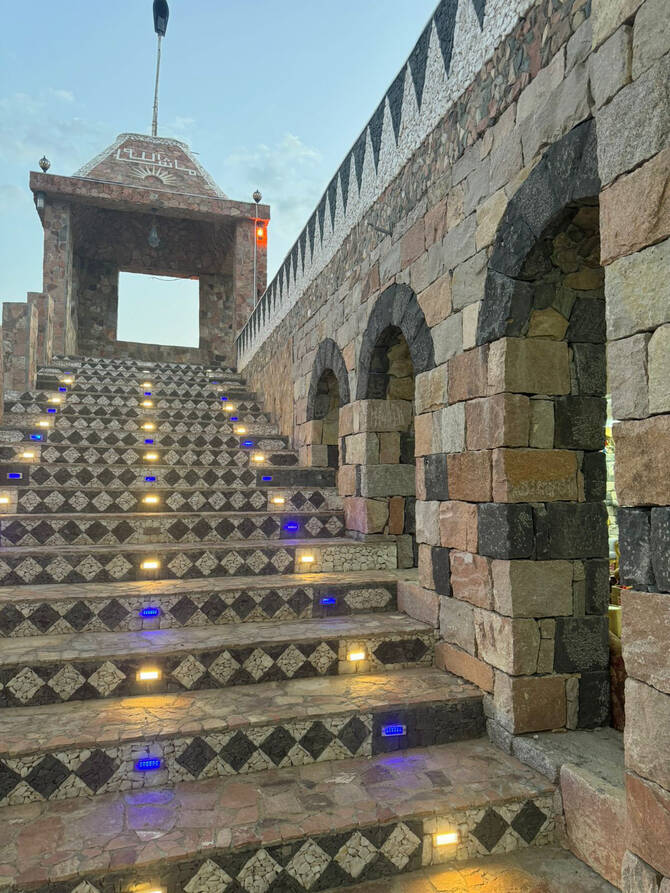
Al-Thabiti also used seven types of stone sourced from various Saudi regions — including basalt,
quartz, and shale — to reflect the country’s geological richness and heritage.
With plans to launch educational initiatives and cultural programs, the palace aspires to become a landmark destination for scholars, students,
and tourists alike — bridging the past with the present, and preserving a living legacy for future generations.
See More: The General Authority announces the near completion of the self-driving taxi project.


